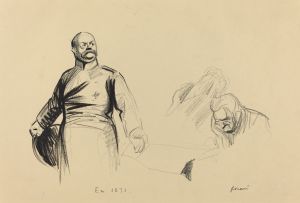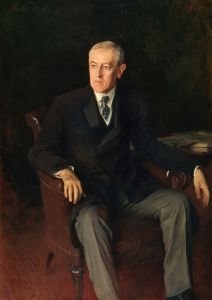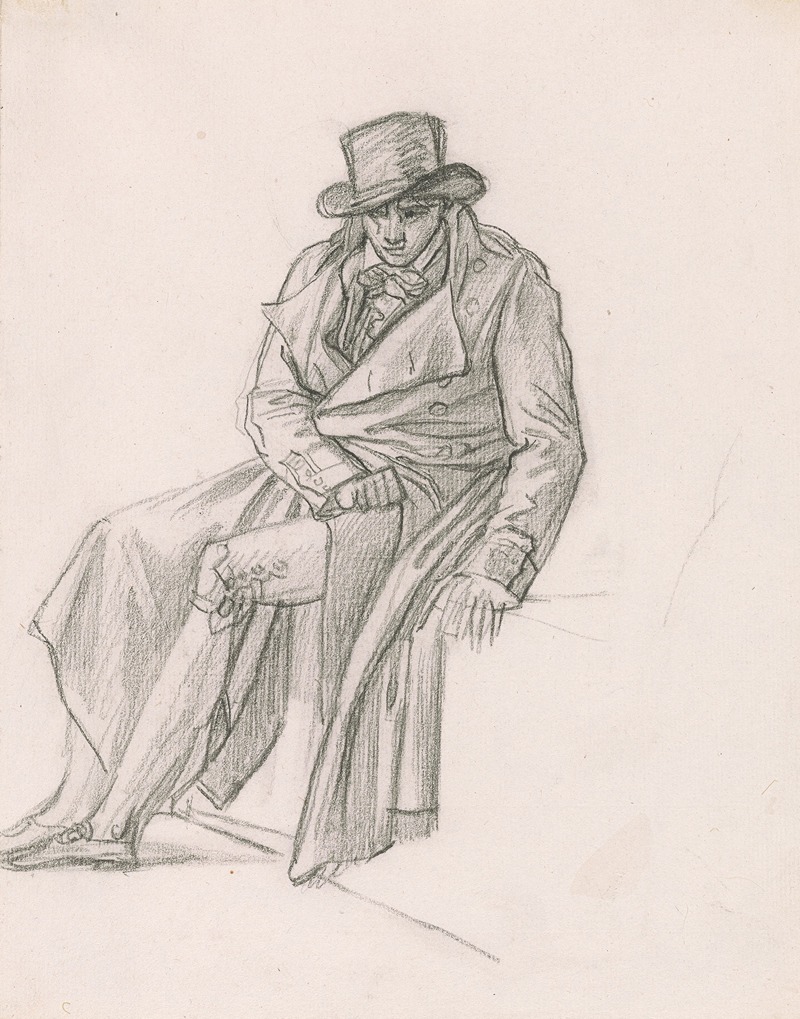
Study for ‘The Tenth of August 1792’
A hand-painted replica of François Gérard’s masterpiece Study for ‘The Tenth of August 1792’, meticulously crafted by professional artists to capture the true essence of the original. Each piece is created with museum-quality canvas and rare mineral pigments, carefully painted by experienced artists with delicate brushstrokes and rich, layered colors to perfectly recreate the texture of the original artwork. Unlike machine-printed reproductions, this hand-painted version brings the painting to life, infused with the artist’s emotions and skill in every stroke. Whether for personal collection or home decoration, it instantly elevates the artistic atmosphere of any space.
François Gérard's "Study for ‘The Tenth of August 1792’" is a preparatory work for a larger painting that depicts a significant event during the French Revolution. François Gérard, a prominent French painter, was known for his historical and portrait paintings, and this study reflects his engagement with the dramatic and tumultuous events of his time.
The Tenth of August 1792 marks a pivotal moment in the French Revolution when the insurrectionists stormed the Tuileries Palace in Paris. This event led to the fall of the French monarchy and the imprisonment of King Louis XVI. Gérard's study captures the chaos and intensity of this revolutionary moment, focusing on the human emotions and actions that characterized the day.
In this study, Gérard employs a dynamic composition to convey the urgency and violence of the scene. The figures are depicted in various states of action and emotion, illustrating the clash between the revolutionaries and the defenders of the monarchy. Gérard's attention to detail and his ability to capture the human form are evident in the way he renders the figures, each contributing to the overall narrative of the painting.
The study serves as a preparatory work, meaning it was likely used by Gérard to experiment with composition, lighting, and the arrangement of figures before executing the final version of the painting. Such studies were common practice among artists of the time, allowing them to refine their ideas and techniques.
François Gérard was a student of Jacques-Louis David, one of the leading figures of Neoclassicism, and his influence is apparent in Gérard's work. Gérard's ability to blend classical techniques with the emotional intensity of Romanticism is evident in this study. His use of chiaroscuro, the contrast between light and dark, adds depth and drama to the scene, highlighting the tension and conflict of the moment.
While the final version of "The Tenth of August 1792" may not be as widely recognized as some of Gérard's other works, such as his portraits of Napoleon and other notable figures of the era, this study remains an important piece for understanding Gérard's artistic process and his engagement with the historical events of his time.
Gérard's work, including this study, is part of the broader context of art during the French Revolution, a period that saw significant changes in the themes and purposes of art. Artists like Gérard were tasked with capturing the spirit of the age, documenting the dramatic shifts in society, and often serving as a means of political expression.
In summary, François Gérard's "Study for ‘The Tenth of August 1792’" is a compelling example of how art can serve as both a historical document and a medium for exploring human emotion and action. Through this study, Gérard not only prepares for a larger work but also provides insight into the revolutionary fervor that defined one of the most critical periods in French history.





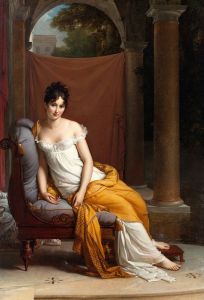
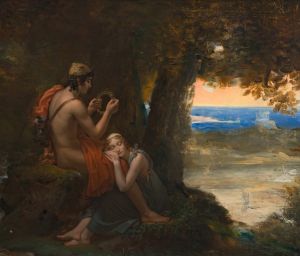
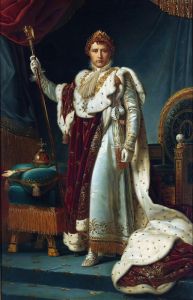
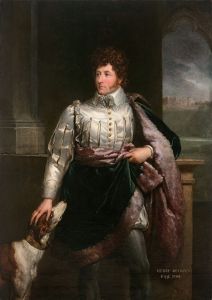
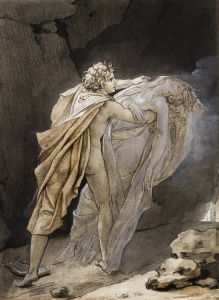
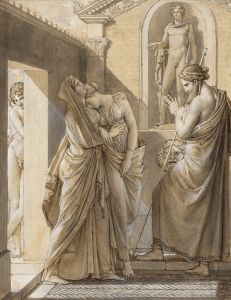
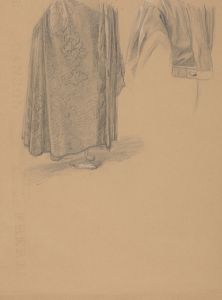
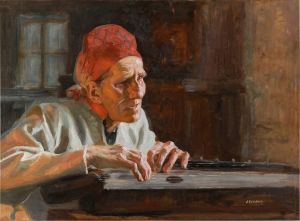
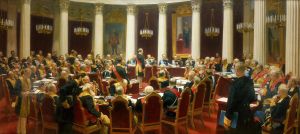

![Graphic design for cover of Survey Graphic Magazine; ‘Color, Unfinished Business of Democracy’.] [Design with map of Earth and human faces](/imgs/249247/s/winold-reiss-graphic-design-for-cover-of-survey-graphic-magazine-color-unfinished-business-of-democracy-design-with-map-of-earth-and-human-faces-c4efe311.jpg)
